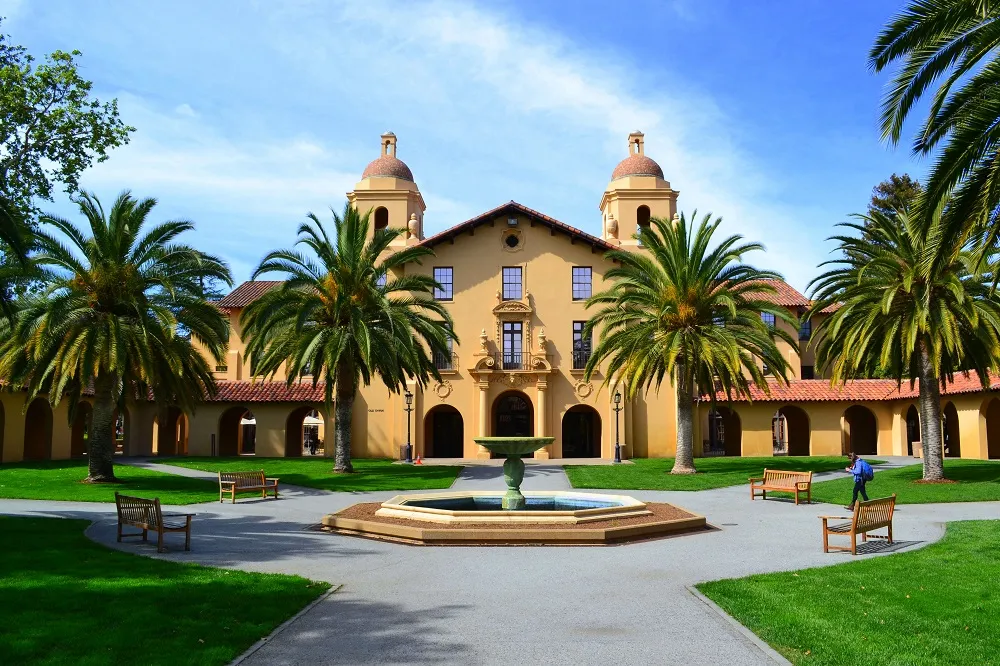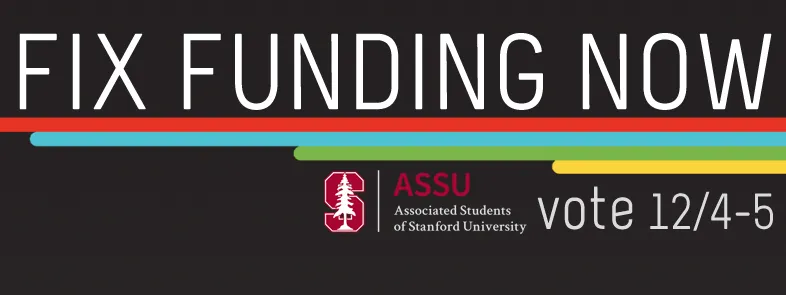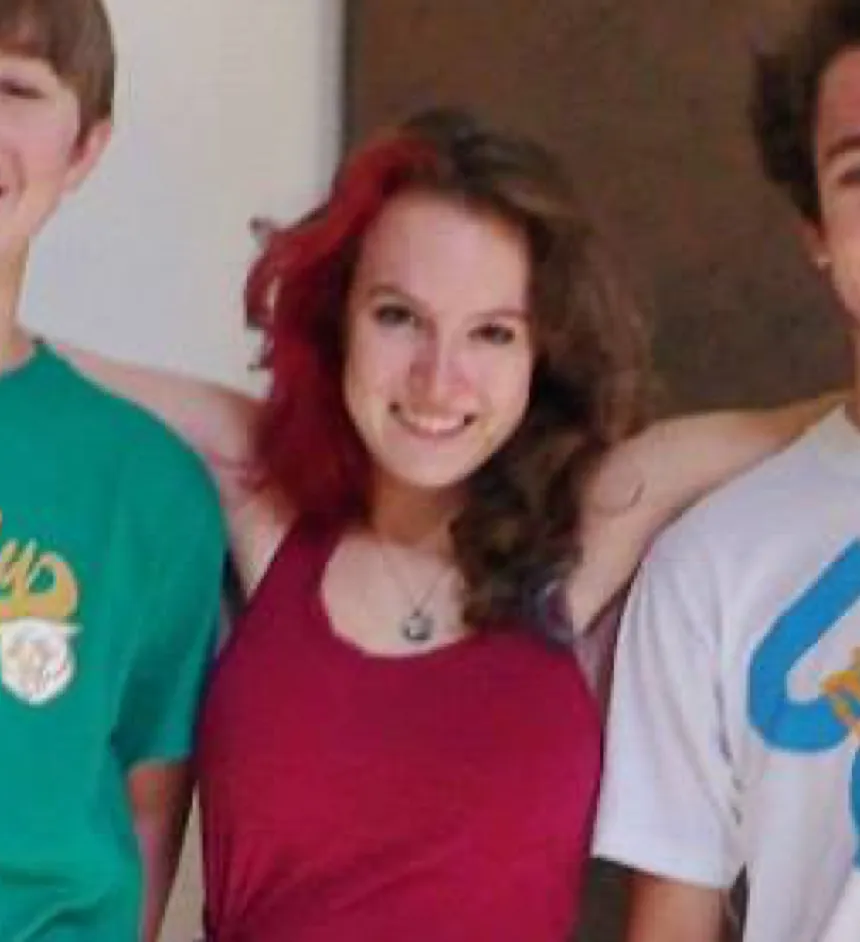Table of Contents
In the midst of some major changes in the Executive race dynamics, it might be good to step back from them and assess the horse race between the two major slates. No one has really weighed in on the horserace yet, but since I have nothing better to do than analyze every aspect of the ASSU elections (and try to convince myself how much it matters), let’s go for it.
Last week, I would have made a case for a fairly close election, hinging on two factors. The first is the Students of Color Coalition (SOCC) endorsement. SOCC candidates have won every year I have been at Stanford. Cardona and Cruz both benefited from the endorsement. This year, Zimbroff/Wagstaff received the endorsement over Macgregor-Dennis/Ghanta, for reasons that I am not qualified to explicate here. Nevertheless, one can assume that this endorsement will be a tremendous aid. SOCC has a ground organization that fliers and during election time they essentially have phone-banking to urge supporters to vote. With an organization as powerful to them as Labor was/is to the Democrats, Zimbroff/Wagstaff would be hard to beat.
Continuing with the week-old analysis, because it will allow us to set rough base expectations, there is a case to be made for Macgregor-Dennis/Ghanta being able to compete with SOCC on the organizational level. However, their organization would look different. It would carry over the list of names and email addresses that Cruz and Macgregor-Dennis used in the last ASSU election. It would also benefit from Stewart’s vast personal network. Stewart specializes in email campaigns, though the effectiveness of this campaign is questionable because I believe this year it is annoying more people than it helps. I would also make the case that the campaign style used by Cruz/Macgregor-Dennis had a certain annoyance factor that helped the latecomers to last year’s race, Tenzin Seldon and Joe Vasquez, reach 45.5% of the final round vote.
After factoring in this final consideration, I would have argued for a 55/45 split on the final ballot going to Zimbroff/Wagstaff. But some things have changed since last week. The biggest development has been the release of several attacks against Stewart Macgregor-Dennis. These came from various sources and have ranged from concerns about his expenditures with ODesk to questions of his mental health from the so-called “Senator Palpatine.” I must admit, this is the most effective negative campaigning I have seen in my time at Stanford. I believe that articles, blog posts, and Senator Palpatine emails about this will do serious damage to Stewart’s campaign (for my personal views on the SMD issue, check here. More Review commentary here). There may be some sympathy votes, but for the most part, people with whom I have spoken have expressed disapproval of the tactics used against Stewart but have not changed their voting intentions.
Ultimately, though, I believe there is a mitigating factor to this negative momentum swing due to the attacks. Much of the electorate, specifically freshmen, will have limited exposure to this back-and-forth concerning Macgregor-Dennis. There are indications that the negative Senator Palpatine email sent Wednesday evening reached only a limited audience, not the audience normally targeted by Senator Palpatine emails (some have suggested this email was not sent by those who customarily wage the Senator’s last minute campaign). Furthermore, if anyone is to have sympathy, it would likely be those who have less experience with the ASSU and who have paid less attention to the Cruz/Macgregor-Dennis administration of the past year.
One cannot discount the extensive reach of the anti-Macgregor-Dennis campaign, but one more factor leads me to believe that Macgregor-Dennis/Ghanta will do better than expected at this point. Since at least Monday evening, after the Executive debate, Stewart has been canvassing freshmen dorms, knocking on doors to connect with the electorate. This seems fairly unique for recent Stanford elections. Candidates often visit dorms to campaign, but not often do they take such a systematic approach to reaching voters. For all the back-and-forth in the media and on Facebook, a personal interaction with Stewart could change a lot of voter’s minds, especially for freshmen who are not yet disenchanted with the ASSU. Maybe I’m placing too much weight in the value of grassroots campaigning, but I think Stewart’s (and Druthi, if she is also in dorms) efforts could do a lot to salvage the votes he has lost in the past 36 hours.
In conclusion, I believe the results will be about a 60/40 split on the final round, with Zimbroff-Wagstaff taking the election (their campaigning is easy at this point–they basically can let the election win itself). While my prediction is a decrease for Macgregor-Dennis/Ghanti from what I would have said last week, it may not be as bad as it could have been thanks to Stewart’s grassroots efforts.
My predictions may be very far off, and they rely on little real grounding, so don’t allow them to influence your vote in these final few hours. But for the sake of better understanding ASSU elections, this election season should give ASSU observers a decent sense of the true effects of campaigning among the populace. How effectively will a campaign with so much intensity (both pro-Stewart and anti-Stewart) be able to sway voters? Needless to say, the results will be interesting, as this campaign season, after starting slowly, has quickly become one of the more notable ones in recent years.
Correction: An early version of this article noted that David Gobaud was endorsed by SOCC. This is incorrect. No one was endorsed by SOCC for that election.








